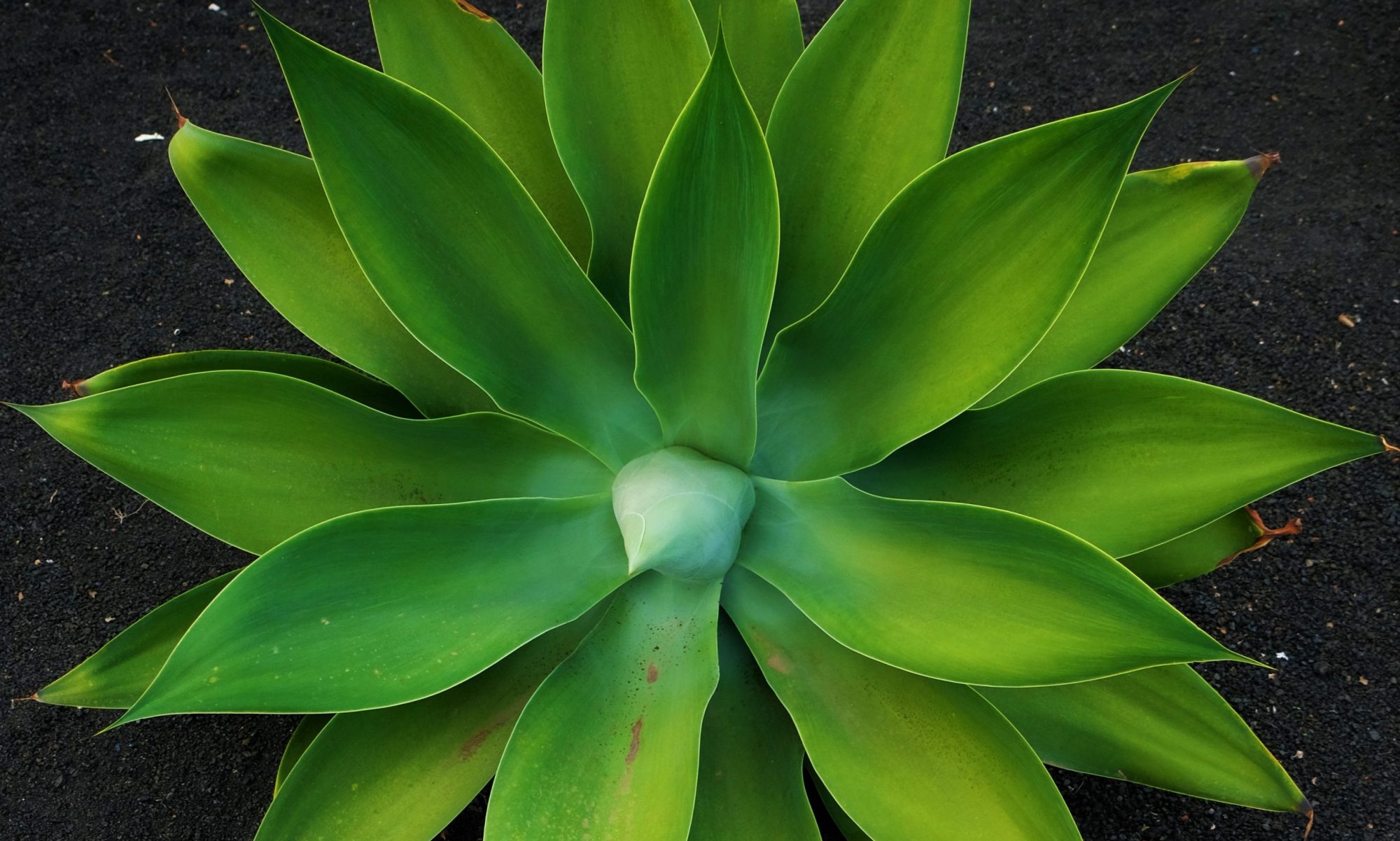[Page under construction, images to follow]
As previously mentioned, cellulose nanomaterials (CNMs) have great potential as reinforcing agents in composites and as stabilizers in emulsions. However, their nanoscale dimensions make them challenging to track at the macroscale. Analytical techniques that can directly image at/near the nanoscale (electron microscopy, atomic force microscopy, Raman confocal microscopy) cannot easily analyze large areas. Confocal microscopy typically relies on modifying the cellulose with a fluorescent dye, which enables imaging on a larger scale but fundamentally changes the properties of the nanomaterial. As such, the results may not accurately represent the original, unmodified sample.
We proposed taking advantage of the cluster triggered luminescence (CTL) phenomenon to track the distribution of cellulose nanomaterials in composites and emulsions without needing to modify the cellulose. We first demonstrated that the technique could be used to track the distribution of cellulose nanocrystal (CNC) aggregates in a plastic composite. We confirmed that the technique retained the precision of Raman confocal microscopy, whilst enabling the reproducibility of typical fluorescent confocal microscopy.
Secondly, we demonstrated that the technique could be used to track the overall distribution of the nanomaterials when the aggregates were too small to be observed at the macroscale. Hydrophobic groups were introduced to microfibrillated cellulose (MFC) to improve its compatibility with a plastic composite. This resulted in a homogeneous dispersion of the modified MFC throughout the composite, which could still be detected by the CTL technique.
Finally, we used the technique to investigate the distribution of hydrophilic and hydrophobic CNCs in oil/water emulsions. This was achieved by obtaining individual fluorescent spectra for each of the emulsion components, enabling us to deconvolute 3D spectral images into the individual components. We confirmed that the hydrophilic CNCs were homogenously distributed in the water phase of the emulsion, whilst the hydrophobic CNCs aggregated at the oil/water interface. Thus, this technique allows us to readily track CNMs in conditions that would be challenging using any other technique.
Full details of the research described here may be found in:
Johns MA, Lewandowska AE, Eichhorn SJ (2019) Rapid determination of the distribution of cellulose nanomaterial aggregates in composites enabled by multi-channel spectral confocal microscopy. Microsc. Microanal., 25(3): 682-689. doi.org/10.1017/S1431927619000527
Palange C, Johns MA, Scurr DJ, Phipps JS, Eichhorn SJ (2019) The Effect of the Dispersion of Microfibrillated Cellulose on the Mechanical Properties of Melt-Compounded Polypropylene-Polyethylene copolymer. Cellulose., 26(18): 9645-9659. doi.org/10.1007/s10570-019-02756-8
Nigmatullin R, Johns MA, Eichhorn, SJ (2020) Hydrophobized cellulose nanocrystals enhance locust bean and xanthan gum network properties in gels and emulsions. Carbohydr. Polym., 250:116953. doi.org/10.1016/j.carbpol.2020.116953
